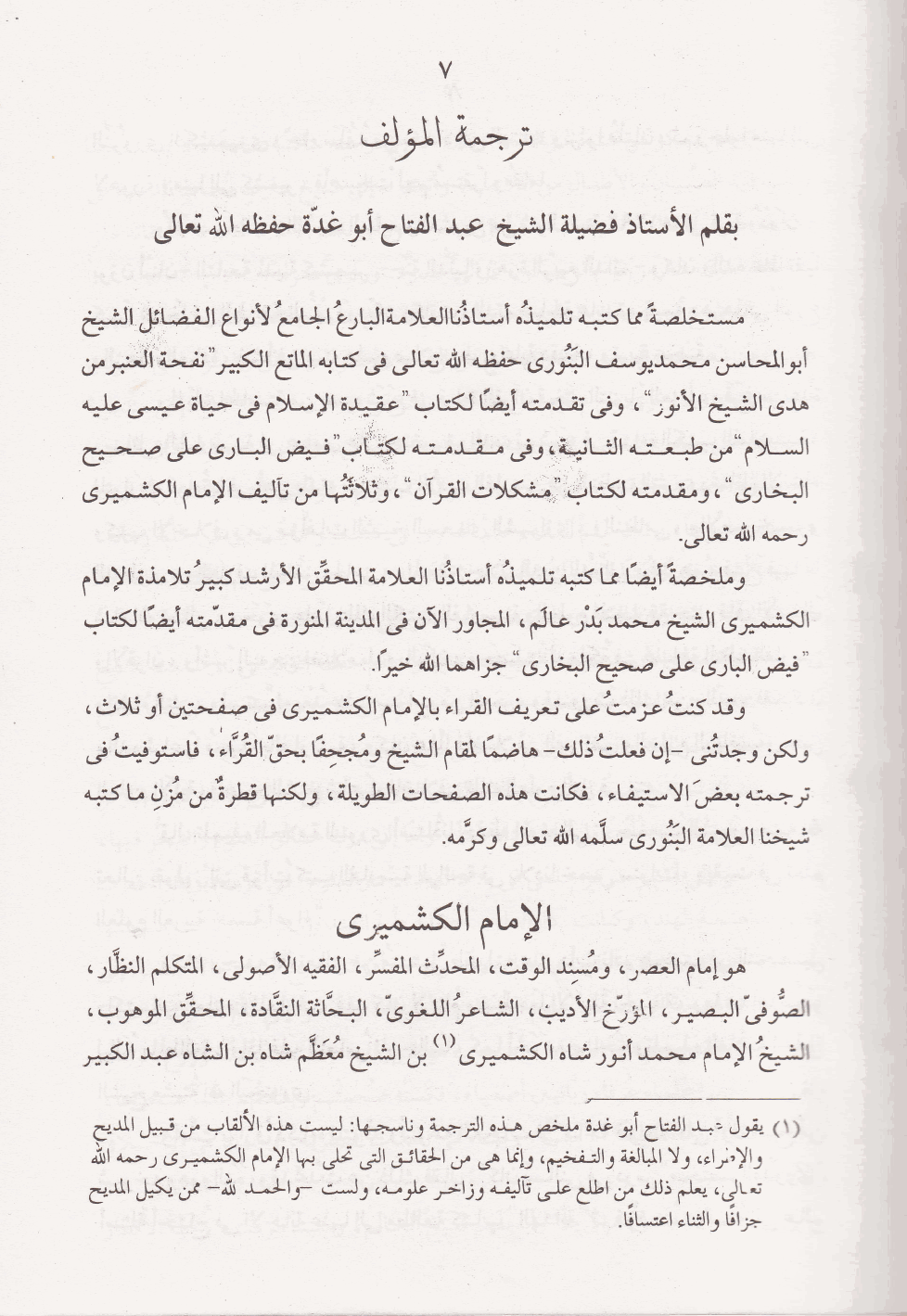Alam al-Din al-Hanafi on:
[Wikipedia]
[Google]
[Amazon]
 Alam al-Din Ibn-Abidin al-Hanafi (; 1178 – 1251) was an Egyptian
Alam al-Din Ibn-Abidin al-Hanafi (; 1178 – 1251) was an Egyptian
Pearls of Elders
@wordpress.com *Author: Burhan al-Din al-Marghinani, Imran Ahsan Khan Nyazee, Title
''"Al-Hidayah: A Classical Manual of Hanafi Law"''
Vol. 1, 2006-websit
Amal Press
* al-Yunini; Li Guo, ed. ''Early Mamluk Syrian Historiography: Al-Yūnīnī di Dhayl Mirat Al-Zaman'', Vol 1, 21 Islamic history and civilization, Brill, 1998.
 Alam al-Din Ibn-Abidin al-Hanafi (; 1178 – 1251) was an Egyptian
Alam al-Din Ibn-Abidin al-Hanafi (; 1178 – 1251) was an Egyptian mathematician
A mathematician is someone who uses an extensive knowledge of mathematics in their work, typically to solve mathematical problems.
Mathematicians are concerned with numbers, data, quantity, structure, space, models, and change.
History
On ...
, astronomer
An astronomer is a scientist in the field of astronomy who focuses their studies on a specific question or field outside the scope of Earth. They observe astronomical objects such as stars, planets, moons, comets and galaxies – in either ...
and engineer
Engineers, as practitioners of engineering, are professionals who invent, design, analyze, build and test machines, complex systems, structures, gadgets and materials to fulfill functional objectives and requirements while considering the limit ...
during the Ayyubid period.
Alam al-Din was born in Egypt, son of a well-known Egyptian scholar Abidin Ibn al-Hanafi. He later moved to Mosul
Mosul ( ar, الموصل, al-Mawṣil, ku, مووسڵ, translit=Mûsil, Turkish: ''Musul'', syr, ܡܘܨܠ, Māwṣil) is a major city in northern Iraq, serving as the capital of Nineveh Governorate. The city is considered the second larg ...
and then to Syria where he settled and accomplished most of his engineering works. He died in Damascus in 1251.
Al-Hanafi wrote a treatise on the postulates of Euclid, designed water mills
A watermill or water mill is a mill that uses hydropower. It is a structure that uses a water wheel or water turbine to drive a mechanical process such as milling (grinding), rolling, or hammering. Such processes are needed in the production of ...
and fortifications
A fortification is a military construction or building designed for the defense of territories in warfare, and is also used to establish rule in a region during peacetime. The term is derived from Latin ''fortis'' ("strong") and ''facere'' ...
on the Orontes river, and built the second oldest Arab
The Arabs (singular: Arab; singular ar, عَرَبِيٌّ, DIN 31635: , , plural ar, عَرَب, DIN 31635: , Arabic pronunciation: ), also known as the Arab people, are an ethnic group mainly inhabiting the Arab world in Western Asia, ...
celestial globe
Celestial globes show the apparent positions of the stars in the sky. They omit the Sun, Moon, and planets because the positions of these bodies vary relative to those of the stars, but the ecliptic, along which the Sun moves, is indicated.
Th ...
in the world, that is the representation of stars
A star is an astronomical object comprising a luminous spheroid of plasma held together by its gravity. The nearest star to Earth is the Sun. Many other stars are visible to the naked eye at night, but their immense distances from Earth ma ...
and constellations
A constellation is an area on the celestial sphere in which a group of visible stars forms a perceived pattern or outline, typically representing an animal, mythological subject, or inanimate object.
The origins of the earliest constellation ...
given their apparent positions in the sky. The celestial globe
Celestial globes show the apparent positions of the stars in the sky. They omit the Sun, Moon, and planets because the positions of these bodies vary relative to those of the stars, but the ecliptic, along which the Sun moves, is indicated.
Th ...
was used by Al-Hanafi above all for some astronomical
Astronomy () is a natural science that studies celestial objects and phenomena. It uses mathematics, physics, and chemistry in order to explain their origin and evolution. Objects of interest include planets, moons, stars, nebulae, galaxi ...
calculations, astrological
Astrology is a range of divinatory practices, recognized as pseudoscientific since the 18th century, that claim to discern information about human affairs and terrestrial events by studying the apparent positions of celestial objects. Dif ...
purposes and as an ornament.
Some of his water mill
A watermill or water mill is a mill that uses hydropower. It is a structure that uses a water wheel or water turbine to drive a mechanical process such as milling (grinding), rolling, or hammering. Such processes are needed in the production ...
s and fortifications
A fortification is a military construction or building designed for the defense of territories in warfare, and is also used to establish rule in a region during peacetime. The term is derived from Latin ''fortis'' ("strong") and ''facere'' ...
on the Orontes are considered one of the best hydraulic engineering
Hydraulic engineering as a sub-discipline of civil engineering is concerned with the flow and conveyance of fluids, principally water and sewage. One feature of these systems is the extensive use of gravity as the motive force to cause the m ...
works in the Arab world and many still exist to this day.
Bibliography
*Author: Al-Majlis al-Ilmi, ''Majmu'ah Rasa'il al-Kashmiri'', Vol. 1, 2ed Edition (Karachi: Idarat al-Qur'an wa ‘l-'Ulum al-Islamiyyah),published in 1424, printed 2004 in a limited edition *Author: Shaykh ‘Abd al-Fattah Abu Ghuddah, ''The Arabic biography of "Imam al-'Asr ‘Allamah Anwar Shah al-Kashmiri'', website:Pearls of Elders
@wordpress.com *Author: Burhan al-Din al-Marghinani, Imran Ahsan Khan Nyazee, Title
''"Al-Hidayah: A Classical Manual of Hanafi Law"''
Vol. 1, 2006-websit
Amal Press
* al-Yunini; Li Guo, ed. ''Early Mamluk Syrian Historiography: Al-Yūnīnī di Dhayl Mirat Al-Zaman'', Vol 1, 21 Islamic history and civilization, Brill, 1998.
References
{{DEFAULTSORT:Alam al-Din al-Hanafi Inventors of the medieval Islamic world Medieval Egyptian mathematicians Medieval Egyptian astronomers Engineers of the medieval Islamic world 1178 births 1251 deaths Astronomers from the Ayyubid Sultanate Astronomers of the medieval Islamic world